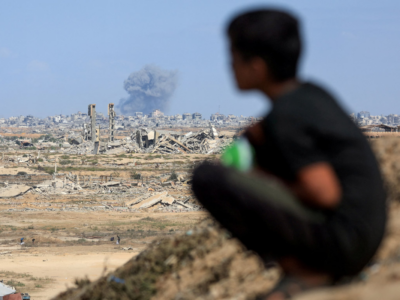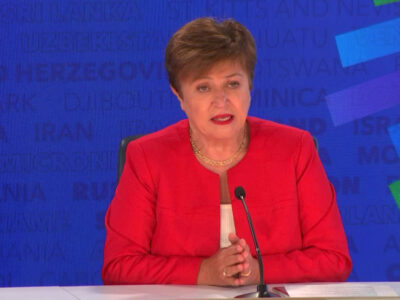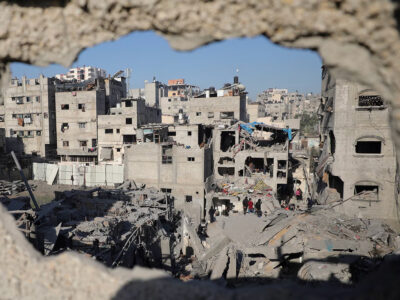While the high level of Saudi inflation will continue to grow, there is currently little risk of either a damaging inflationary spiral or renewed speculation on the riyal, according to analysts.
“What I am not seeing in Saudi Arabia is that this inflation is feeding into an inflationary spiral,” Jarmo Kotilaine, chief economist for NCB Capital, told Arabian Business on the sidelines of the MEED Capital Markets conference.
“So we’re still not seeing higher prices leading to higher wage claims, more higher prices and so on. At the moment, the situation is still manageable, but it is an uncomfortable situation.”
Inflation in the GCC’s biggest economy is now over six percent, driven by a combination of high commodity prices and a speculative boom in the Saudi land market.
Kotilaine pointed out that many Saudis do not have a lot of disposable or discretionary income, and that those who did not own houses were particularly at risk.
“I think Saudi Arabia is, unfortunately, quite vulnerable. What is particularly alarming right now is that this trend is persisting and there seems to be upward momentum in spite of the fact that we’re still really only coming out of the crisis,” he said.
NCB Capital estimates that inflation will dip slightly to a still-high 5.4 percent by the end of this year, falling further to 5.1 percent by end-2011 and to 4.7 percent by end-2012.
Those estimates are predicated on the assumption that sharply rising commodity price pressures will start to stabilise at some point in the near future, and that there will be no new pressures on the housing market.
The Saudi government response to the inflationary issue is complicated by the fact that the riyal is pegged to the US dollar, meaning that domestic interests cannot be raised, and a withdrawal of government stimulus would hurt the overall economy, as well as job creation.
The kingdom has put in place a mammoth counter-cyclical stimulus package that left Saudi Arabia running a deficit of 3.3 percent of GDP last year – the first time this has happened since 2002. It is also expected to post a small deficit in 2010.
That package ensured that Saudi Arabia’s economy posted a healthy 3.7 percent rise in GDP last year.
However, the government’s hand could be forced if lending started to accelerate, one analyst has said. That could lead to possible speculation on the riyal, which has been absent for some time.
“Credit growth is at a very low level. As a result, it’s unlikely that you’ll see Saudi inflation resulting in a big policy dilemma or a speculative move on the riyal,” said Farouk Soussa, Citi’s chief economist for the Middle East.
“If credit growth accelerates dramatically, happens then the Saudis will definitely put a hold on credit growth, and then you will see a policy dilemma and you may even see some speculation.”
Credit growth in the kingdom is currently low, although recent data have suggested that private sector lending has begun to increase slightly.







